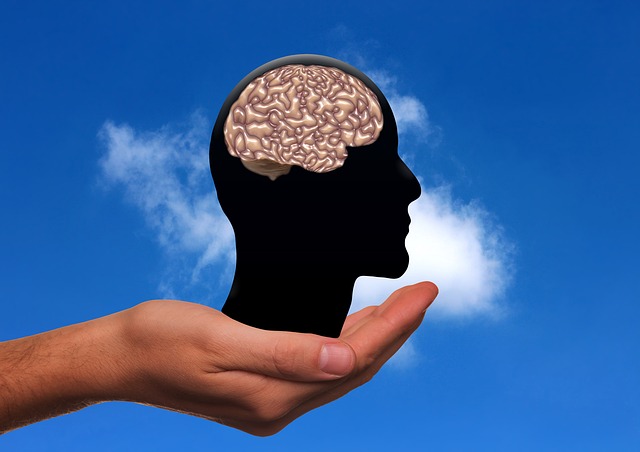The Hand-Brain Connection
 The structures and mechanics of the hand are quite impressive, but we would not be able to perform all of the fine motions of this piece of anatomy without a brain that is suited to the task. While the anatomy is important, it is the hand-brain connection that brings it all together.
The structures and mechanics of the hand are quite impressive, but we would not be able to perform all of the fine motions of this piece of anatomy without a brain that is suited to the task. While the anatomy is important, it is the hand-brain connection that brings it all together.
As mentioned in the previous section, there are three nerves that run to the hand: the ulnar nerve, the median nerve and the radial nerve. These nerves control the sensory and motor functions of the hand in various ways.
On the brains end, it is the motor cortex that is responsible for not only the movement of the hands but also every voluntary muscle action that we perform. While the motor cortex is responsible for the actual movement, it works with information that it receives from other parts of the brain to help it judge things like the distance of an object, which muscles need to be used, the amount of force to apply, and more. For even the simplest of motor tasks, your brain considers data and makes a multitude of decisions for which you are not even aware.
An interesting point about the hand-brain connection is that the left hemisphere of the brain controls the right hand and the right hemisphere of the brain controls the left hand. For this reason, researchers encourage people to try to use both hands equally in your everyday life because this will work both sides of the brain in equal ways and can benefit different aspects of your life.

